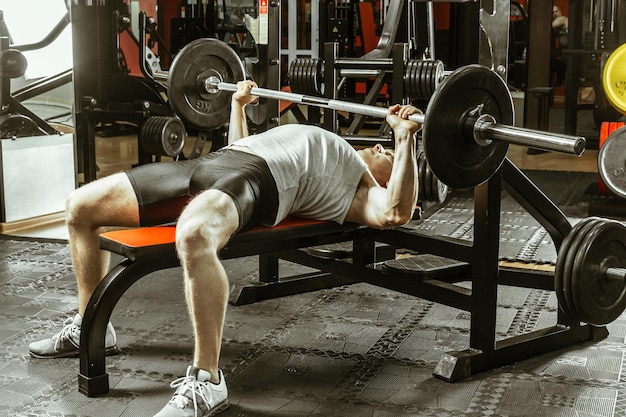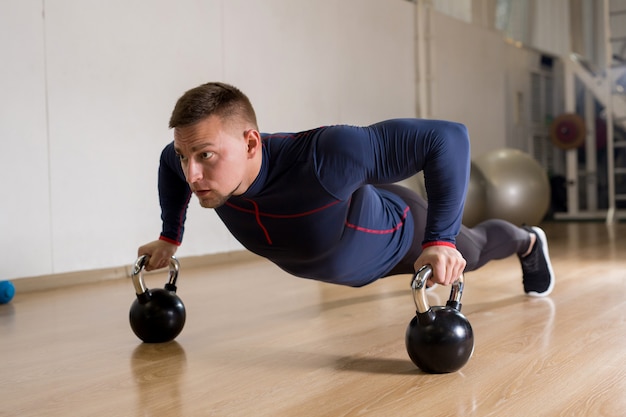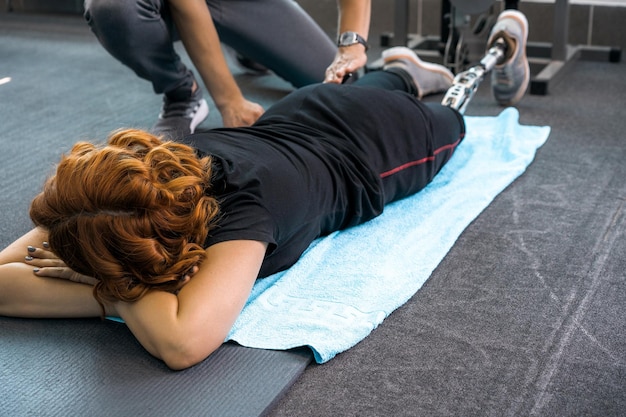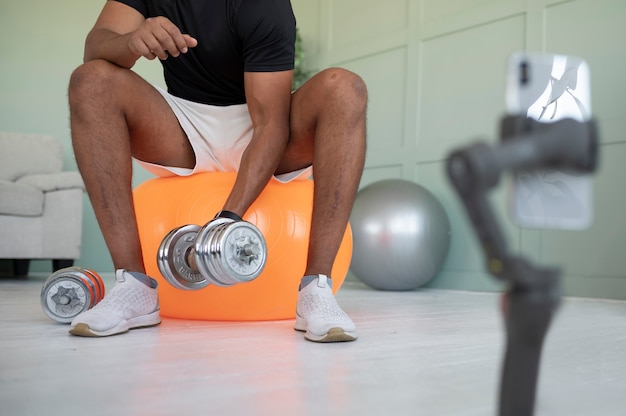When it comes to improving flexibility, building strength, and staying active—especially with knee pain—choosing the right tool matters. Dumbbells and kettlebells are two of the most popular free weights, but they serve different purposes. For individuals looking to start fast, stay consistent, and measure progress weekly while managing knee discomfort, understanding the differences is key.
Flexibility isn’t just for gymnasts or yoga enthusiasts. It plays a crucial role in joint health, mobility, and injury prevention. For people with knee pain, tight muscles around the hips, hamstrings, and calves can increase stress on the knee joint. Improving flexibility helps restore balance, reduce stiffness, and support smoother movement patterns.
Both kettlebells and dumbbells can be used in dynamic, full-range movements that promote flexibility when applied correctly. But their design and typical usage differ significantly.
Dumbbells are evenly balanced, with the weight centered around the handle. This symmetry makes them ideal for controlled, isolated movements like bicep curls, shoulder presses, and lunges. For those with knee pain, this control allows for safer, more predictable motion patterns.
When used in exercises like goblet squats or step-ups, dumbbells help improve lower-body strength without excessive strain on the knees. They also support unilateral training—working one side at a time—which helps correct muscle imbalances that can contribute to joint stress.
Moreover, dumbbells are excellent for incorporating flexibility-focused movements. For example, a dumbbell Romanian deadlift emphasizes hamstring stretch and hip mobility—key areas for knee health. The slow, controlled descent improves flexibility over time when practiced consistently.

Dumbbell Romanian deadlift promotes hamstring flexibility and supports knee joint health.
Kettlebells have an off-center weight distribution, with the bulk of mass extending beyond the handle. This design encourages fluid, swinging motions—like the kettlebell swing or Turkish get-up—that engage multiple muscle groups and improve coordination.
These dynamic movements naturally promote functional flexibility—the kind that translates to real-life activities like bending, lifting, and twisting. The kettlebell swing, for instance, requires hip hinging, which stretches the hamstrings and strengthens the posterior chain without placing direct pressure on the knees.
For people with knee pain, kettlebell exercises that minimize knee flexion and emphasize hip mobility can be a game-changer. Movements like the two-arm swing or the bottoms-up press improve stability and neuromuscular control, which help reduce joint strain over time.

The kettlebell swing enhances hip mobility and posterior chain flexibility—ideal for knee pain sufferers.
The key to improving flexibility and managing knee pain isn’t just the tool—it’s consistency. Whether you choose dumbbells or kettlebells, a structured weekly routine yields better results.
Start with 2–3 sessions per week. Focus on form, full range of motion, and controlled breathing. Track your progress by measuring:
For beginners with knee pain, begin with lighter weights and prioritize technique. Dumbbells may feel more intuitive at first, but kettlebells can be safely introduced as confidence grows.
There’s no one-size-fits-all answer. Dumbbells offer precision and are excellent for isolated flexibility work and strength training with minimal joint strain. Kettlebells promote dynamic, full-body mobility and functional flexibility through natural movement patterns.
For most people with knee pain, a combination approach works best. Use dumbbells for controlled, flexibility-focused lifts and kettlebells for hip-dominant, low-impact swings and carries. This balanced strategy supports joint health, builds resilience, and enhances overall mobility.
Improving flexibility with knee pain is a journey. The right tools—whether dumbbells, kettlebells, or both—can make it safer and more effective. Start with manageable workouts, stay consistent, and measure your progress weekly. Over time, you’ll notice greater ease of movement, reduced discomfort, and improved confidence in your body’s capabilities.
Choose the weight that supports your goals, respects your limits, and helps you move better every day.

Fitness

Fitness

Fitness

Fitness

Fitness

Fitness

Fitness

Fitness

Fitness

Fitness

Fitness

Fitness

Health

Fitness

Health

Health